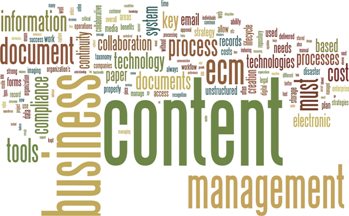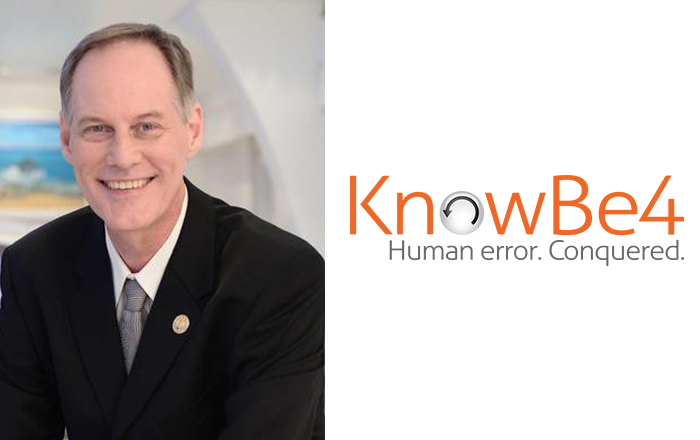Over the past few years, I have had the opportunity to work with various large companies during their enterprise content management (ECM) evaluation process. The process normally begins with an RFI, progresses into an RFP and then into a bake-off between a few shortlisted vendors. Next, they conduct a pilot or a proof-of-concept (POC) and finally a full implementation. The progression is lengthy and it can take from six months to several years, so both the vendor and the customer need to be very committed to ensure a successful deployment.
Sometimes, during the evaluation process, clients reveal additional requirements. It is typical to receive a request to “demo a new parallel workflow tomorrow” or “show a different UI for a particular use case next week.”
ECM Procurement: Advice from the Field
Overall, whenever you are choosing a new platform (be it ECM, AP, HR, QMS, EAM, etc.), you want to ensure it can adapt to future changes easily. One of my favourite phrases is “configuration is better than customisation.” When you configure, you get the benefits of maintaining the upgrade path while reducing expensive consulting needs since no coding/scripting is involved. Additionally, one platform can meet multiple application needs and thus allowing you to consolidate the number of required and supported platforms — ultimately ensuring your organisation can stream business and optimise cost structure.
The flexibility of a solution is showcased beautifully when prospects require quick turnaround times in these bake-offs or when they ask us to change something on the fly. In my opinion, this is the correct way for the prospect to measure the differences between the platforms – these kinds of tests expose the system’s flexibility and ease-of-use in real-world situations. Simultaneously, the prospect can gauge the vendor’s eagerness to earn their business.
End Users Embrace ECM
When selecting an ECM system, I advise prospects not to focus on capabilities to the detriment of user friendliness. Will the users use the new system or will they try to work around it? Do they find the system easy and pleasant to use, or is it simpler to save the important document locally and deal with the consequences?
I would encourage all customers to at least involve end users in the decision-making process.
Your business requirements will change over time, and the platform you choose needs to be able to adapt to those changes. We encourage you to test-drive the different platforms, including the delivery teams.








